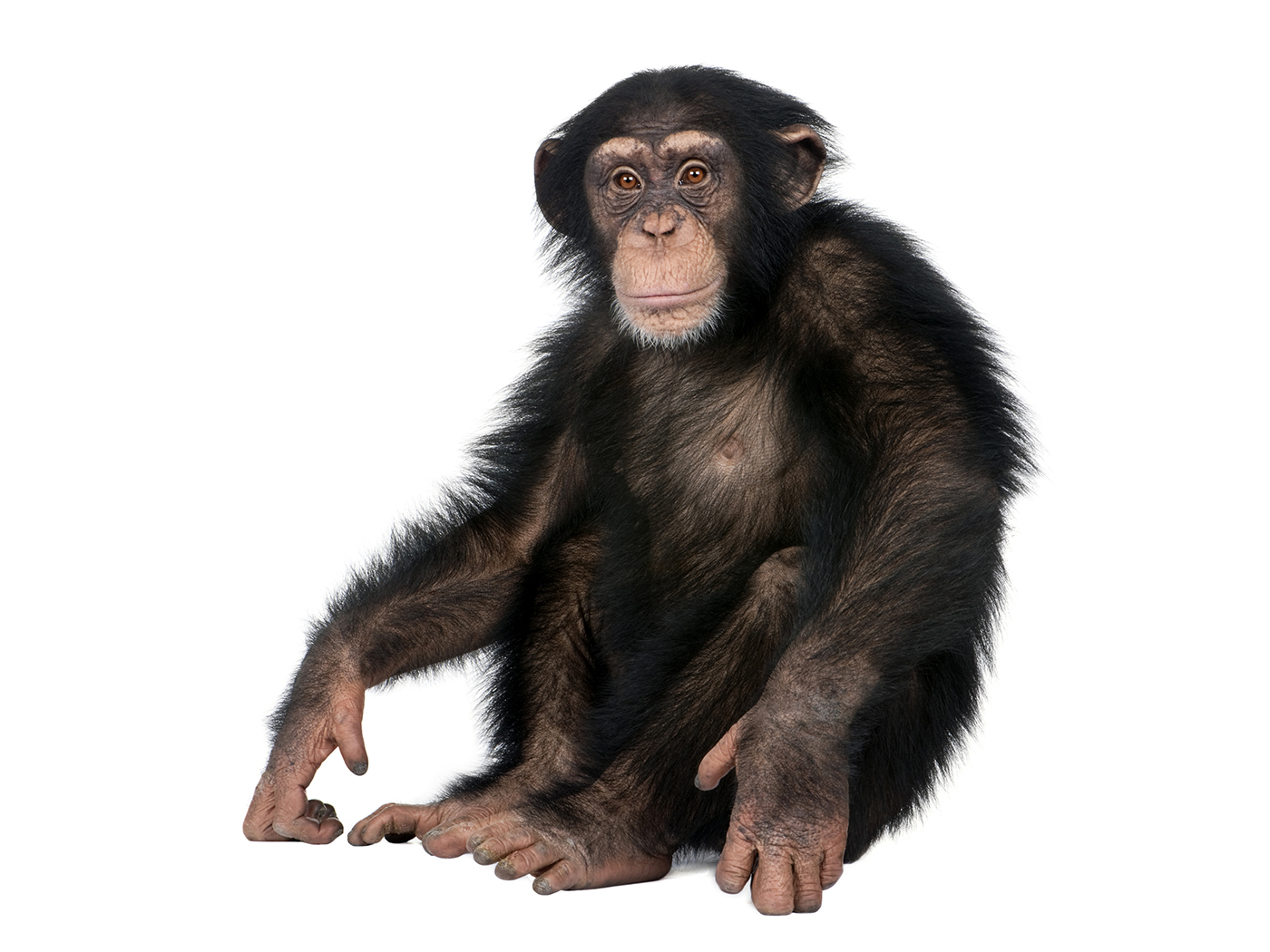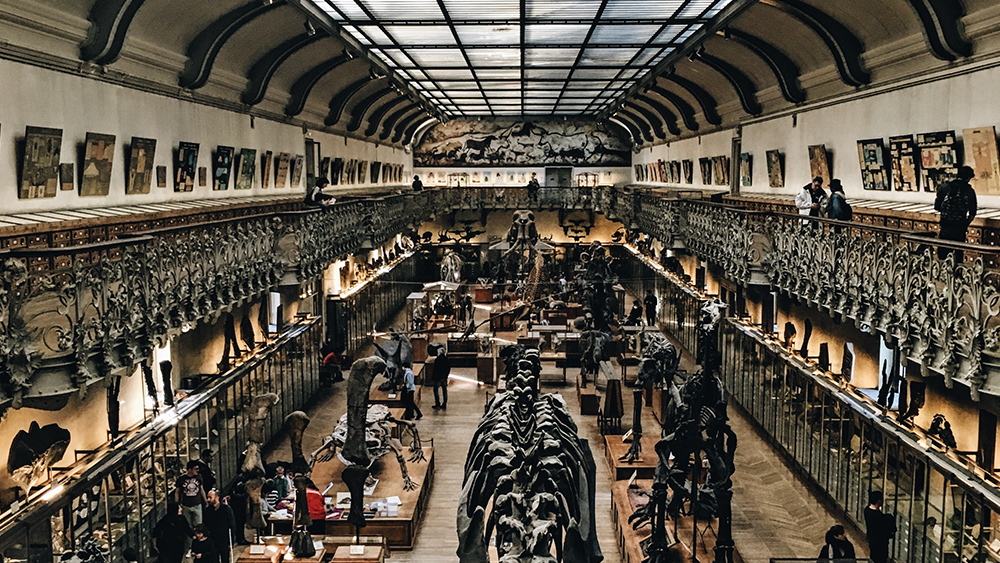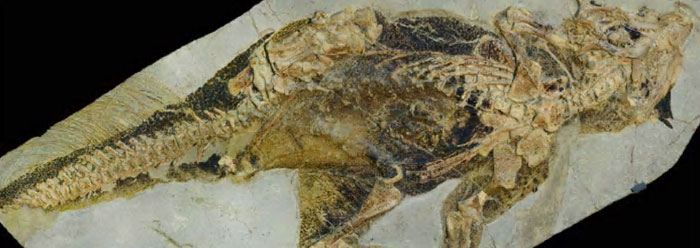In M. Horstemeyer, ed., 2013, Proceedings of the Seventh International Conference on Creationism, Pittsburgh, PA: Creation Science Fellowship. Visit the ICC at www.creationicc.org.
Abstract
A preliminary study was performed by Tomkins comparing 40,000 chimpanzee genomic sequences against the human genome which indicated that reported levels of human-chimp DNA similarity were significantly lower than commonly reported. The present, follow-up study was then completed in which chimp chromosomes were sliced into new individual query files of varying string lengths and queried against their human chromosome homolog. This allowed for comparisons to be optimized irrespective of the linear order of genes and sequence features. The definition of similarity was the amount (percent) of optimally aligned chimp DNA. For the chimp autosomes, the amount of optimally aligned DNA sequence provided similarities between 66 and 76 percent, depending on the chromosome. Only 69 percent of the chimpanzee X chromosome was similar to human and only 43 percent of the Y chromosome. Genome-wide, only 70% of the chimpanzee DNA was similar to human under the most optimal alignment conditions. While, chimpanzees and humans share many localized protein-coding regions of high similarity, the overall extreme discontinuity between the two genomes defies evolutionary time-scales and dogmatic presuppositions about a common ancestor.
Keywords
Human, chimpanzee, genome, DNA similarity, primate evolution
For Full Text
Please see the Download PDF link above for the entire article.














